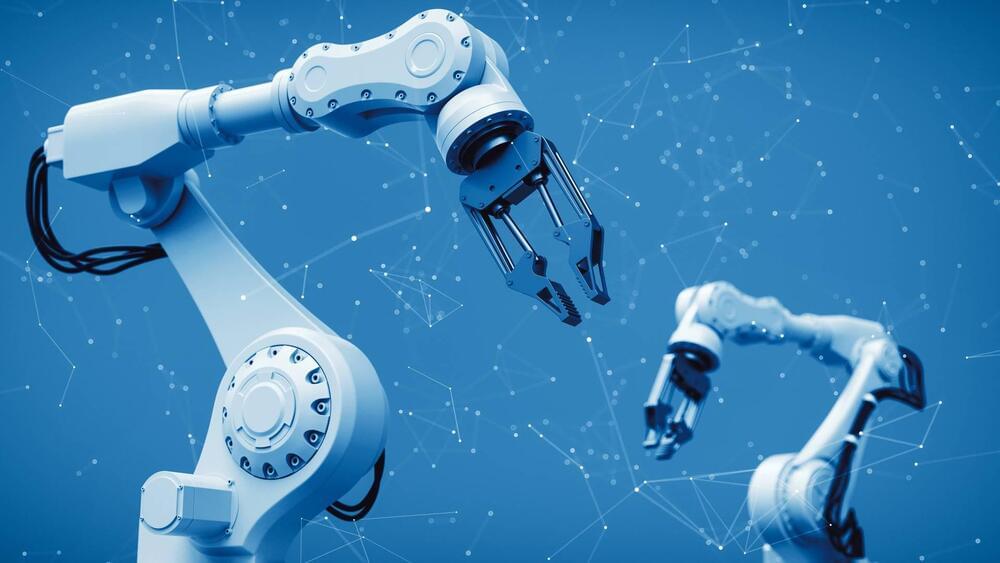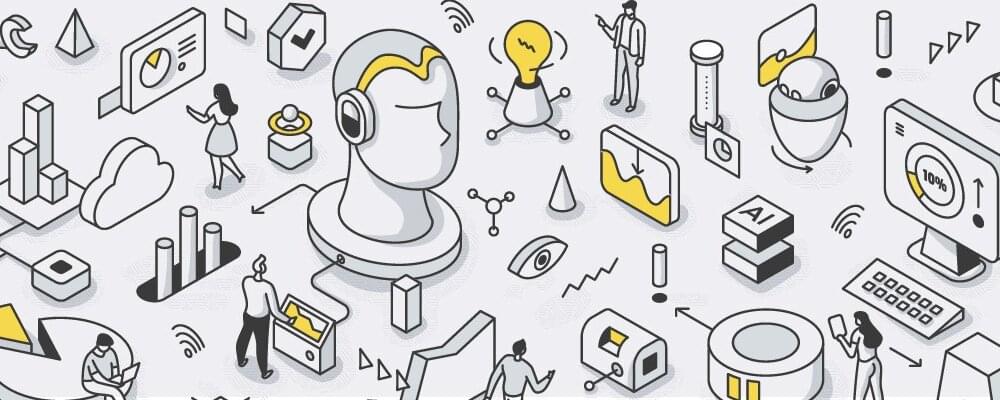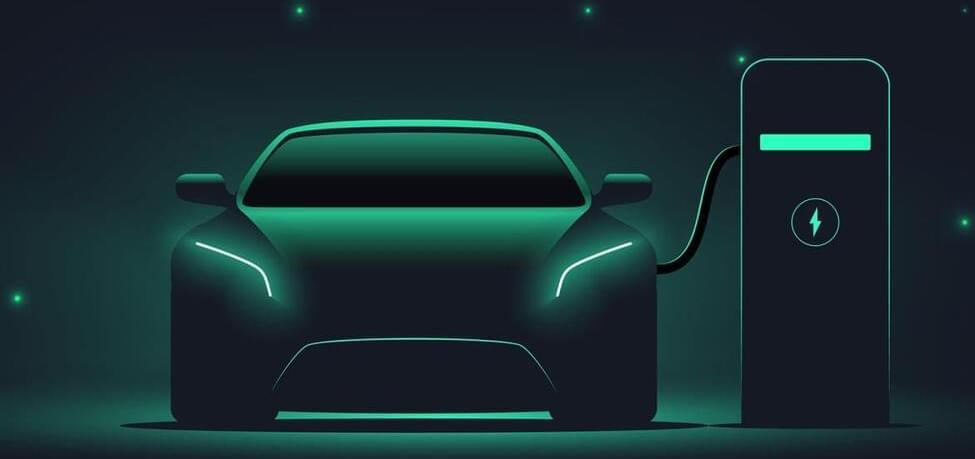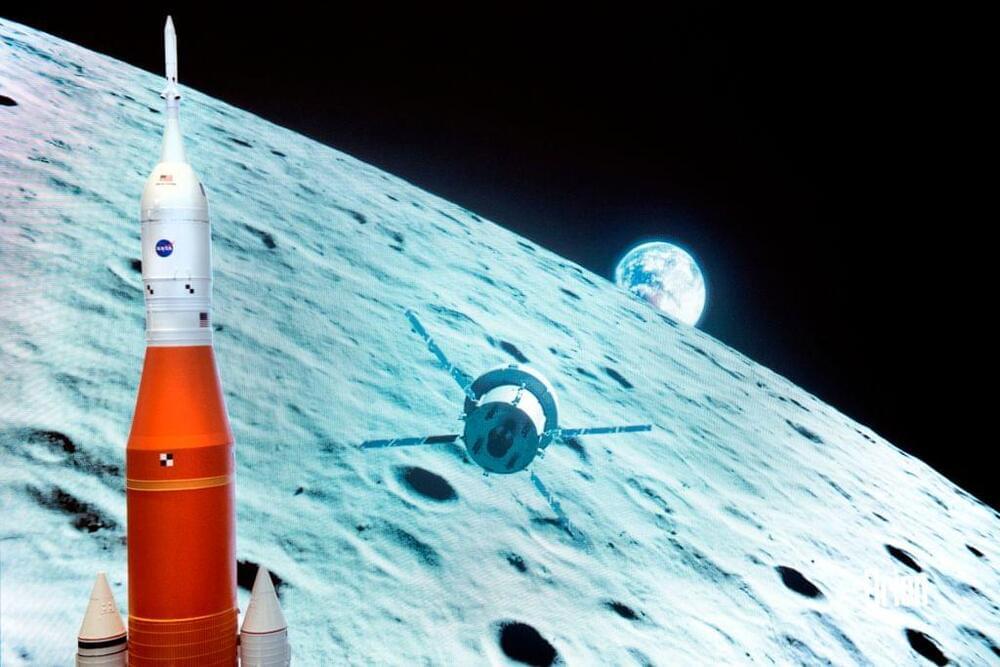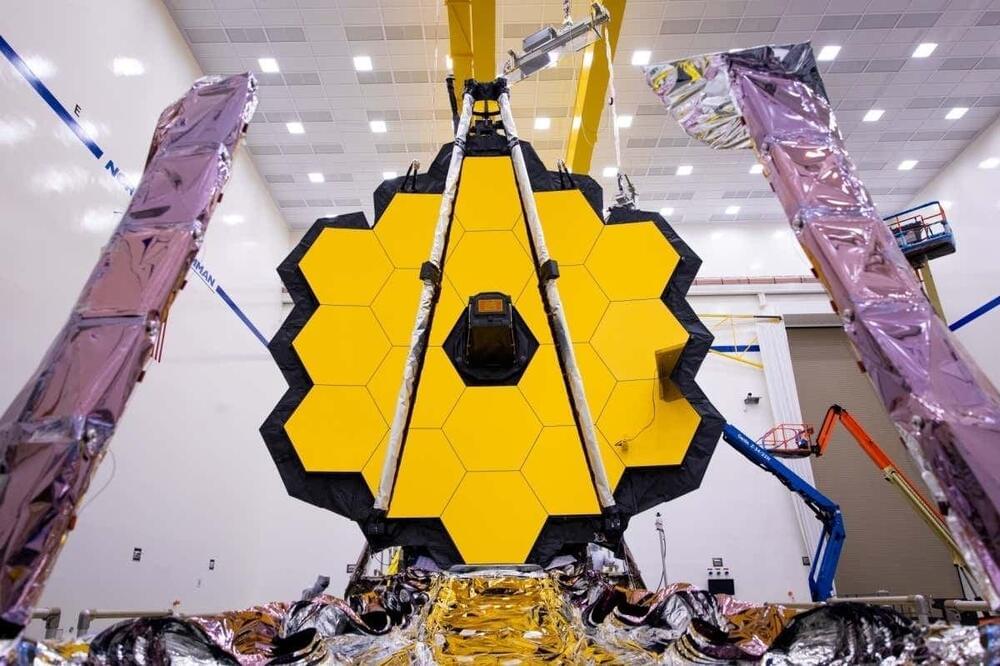China’s LandSpace is getting ready to launch its revolutionary ZQ-2 methane-powered rocket for the second time sometime this year.
Chinese space tech company LandSpace is gearing up to launch its revolutionary methane-propelled rocket, the Zhuque-2 (ZQ 2), for the second time sometime this year. Scheduled to blast off from the company’s launch facility in the Gobi Desert, the mission will deliver a satellite into space. LandSpace, widely considered China’s answer to SpaceX, the launch is hoped to cement further the utility of using methane as a reliable next generation of rocket fuel.
In December, the ZQ 2 rocket undertook its maiden flight at the Jiuquan center. The rocket successfully… More.
Landspace.
